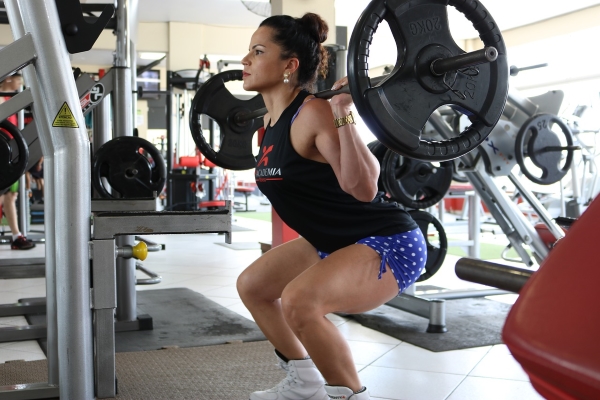
Imagine your body as it was meant to be; the body of an animal dependent on mobility and agility to survive.
A body with up to 40 percent of its weight made up of muscles with many organs, including heart and lungs, geared to serve those muscles, with a brain which could undoubtedly be constructed more simply if there was no need to coordinate muscular movement. Our bodies should be tuned to deal with any situation.
Now look around you. How many of these finely tuned bodies can you see? How many bodies can you see with flabby arms, bulging bellies, sagging chins and buttocks, wheezing to get breath?
Where has the finely tuned instrument gone?
Over the centuries civilization has brought with it a more relaxed, easier way of life that involves a lot of sitting, lying and riding rather than running and moving.
The body has adapted itself to those types of conditions. But this adaption means that the body functions badly, becomes sick, lazy, fat and reluctant to leave a sedentary way of life.
Many illnesses have been associated (although not always conclusively) with a lack of fitness. The greatest killer in the world is cardiovascular, or heart disease. The disease has been linked with inactivity, high blood pressure, obesity, a high concentration of cholesterol in the blood or a combination of these factors.
Benefits of physical training
Recent studies in Canada have shown that inactive people run the risk of death from heart disease two or three times greater than that by an active person.
Physical training has been shown to open up more blood vessels in the arterial tree in the heart muscle.
A narrowing of a blood vessel due to the disease arteriosclerosis will not be as bad if there are other vessels that can take over the transport of blood with its oxygen and nutrients.
Regular physical training will also favourably influence the level of triglycerides and possibly cholesterol in the blood.
Any muscular activity needing increased oxygen uptake will lead to training of the heart muscle and circulation to work more efficiently.
The stronger the heart muscle is the more blood that can be pumped, therefore the fewer beats the heart muscle must make overall.
The greater the oxygen transport ability, the greater the maximum energy output of the body. But there is a marked decline in the maximum oxygen uptake in people over the age of 20.
Everyone needs to be fit if they want to be healthy. By now you may be convinced that a sedentary way of life is not what life is about.